Brahmin-Bashing as a Proxy for Attacking Hinduism—From the Right to the Left
Navarro’s ignorance and the Left’s selective outrage oversimplify caste, ignoring its regional and economic complexities.
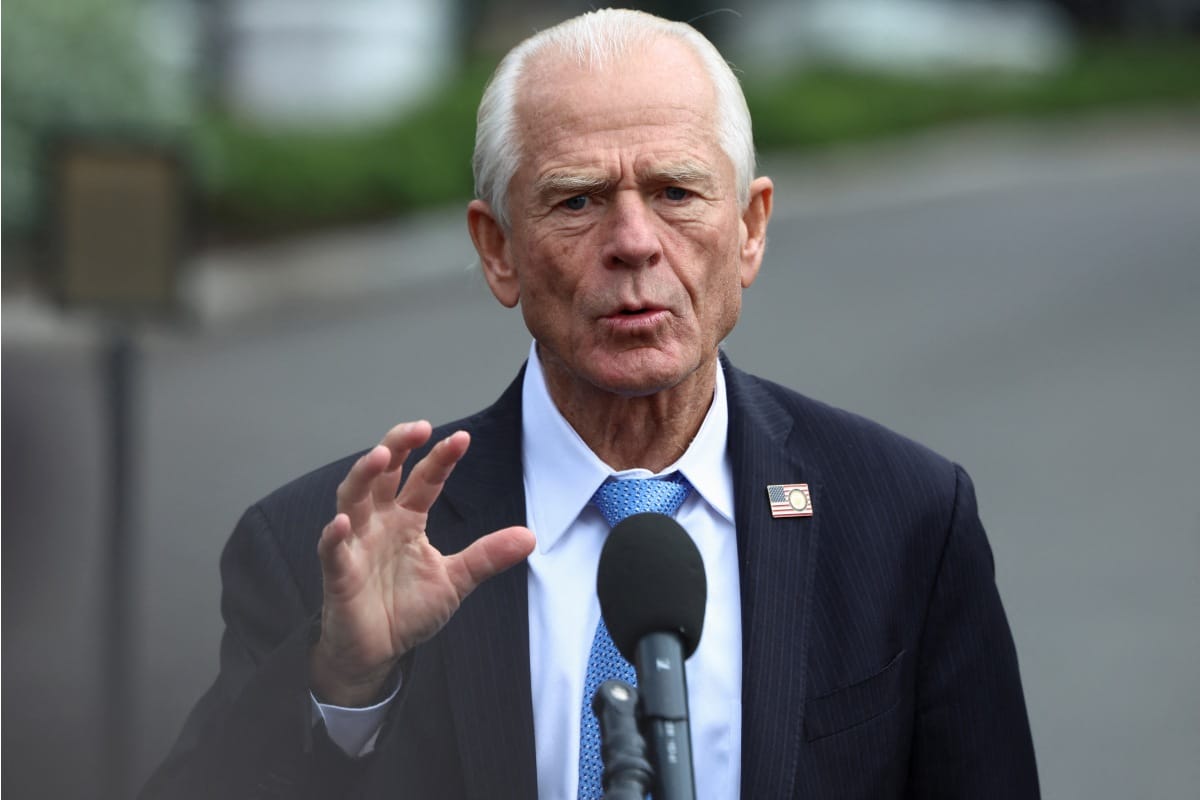 Peter Navarro. / Reuters
Peter Navarro. / Reuters
Indian Americans, regardless of their generational status, navigate a complex identity tied to their Indian heritage and American lives. Recent rhetoric, like Peter Navarro’s Sept.1, 2025, Fox News claim that “Brahmins” are “profiteering at the expense of the Indian people” through oil refining (Fox News, 2025), mirrors the Left’s narrative, exemplified by the 2021 “Dismantling Global Hindutva” (DGH) conference’s focus on “Brahminical oppression” (DGH Agenda, 2021).
Whether from Navarro’s right-wing geopolitics or the Left’s academic activism, targeting Brahmins serves as a proxy to undermine Hinduism and India’s unity. This divisive tactic threatens Indian Americans’ ability to embrace their heritage and demands a unified response.
Navarro’s Right-Wing Attack
Navarro’s accusation framed Brahmins as elite profiteers in India’s oil trade, labeling India a “Kremlin laundromat” to criticize its neutrality in the Russia-Ukraine conflict (Fox News, 2025). Such labeling overlooks that India’s oil imports helped stabilize global markets in 2022, with Western encouragement (Jaishankar, The Hindu, 2025). Brahmins, only 4-5 of India’s population, are not a monolith—65 percent of their households earned under $100/month in 2004 (Deshpande, Contemporary India, 2004).
India’s refining sector, led by firms like Reliance and ONGC, is not caste-driven (Economic Times, 2025). Navarro’s “Brahmin” slur revives colonial stereotypes of exploitative priests, used by the British to justify rule (Dirks, Castes of Mind, 2001). As X user @DivyaSoti posted on Sept.2, 2025, attacking Brahmins is a deliberate step to target Hindus and India.
The Left’s Academic Assault
The Left employs a similar strategy. The DGH conference, supported by over 40 U.S. universities (e.g., Harvard), linked “Hindutva” to “Brahminical supremacy,” portraying Brahmins as global oppressors (The Wire, 2021). Scholars like Audrey Truschke equate Hinduism with casteism, despite only 18 percent of Indians reporting recent caste discrimination (Pew Research, 2021).
This rhetoric echoes colonial missionaries like Abbe J.A. Dubois, who deemed Brahmins the “biggest hurdle” to Christianizing India in the 1800s (Hindu Manners, 1820). DGH’s narrative fuels policies like Rutgers’ 2022 push to avoid “caste-oppressive” Hindu texts (The Daily Targum, 2022) and ignores anti-Brahmin violence, such as the 1989-90 Kashmiri Pandit exodus (Amnesty International, 1990).
A Unified Strategy
Both sides target Brahmins to weaken Hinduism. Historically, Brahmins, as keepers of Vedic knowledge, symbolized Hindu resilience. Islamic invaders like Muhammad bin Qasim massacred them in 711 CE to break resistance (Chach Nama). British censuses rigidified caste to vilify Brahmins (Dirks, 2001).
In India, the Dravidian movement’s anti-Brahmin campaigns sparked violence post-1967 (The Times of India, 1968), and post-Gandhi’s 1948 assassination, pogroms killed hundreds of Brahmins (The New York Times, 1948). Today, Navarro uses Brahmins to shame India geopolitically, while DGH ties them to Hindu nationalism to curb Hindu advocacy. Both evade broader issues, like non-Brahmin caste violence or Western energy complicity (Reuters, 2022).
Impact on Indian Americans
For Indian Americans, this rhetoric hits hard. Whether Brahmin, Dalit, OBC, or unaffiliated, their shared Hindu cultural ties—Diwali, Holi, temple visits—are targeted. Brahmin-bashing paints Hinduism as backward, fueling “Hinduphobia.” Examples include the 2019 Swaminarayan temple vandalism (NBC News, 2019) and stereotypes about “curry” or caste. Global narratives of “Brahminical patriarchy” turn cultural practices into liabilities.
In Bangladesh, Hindus face “dual loyalty” accusations (Human Rights Watch, 2024). Books like Brahmin Genocide (2023) highlight escalating attacks, citing the Kashmiri Pandit exodus. This division undermines Hindu Americans’ ability to embrace their identity.
A Call for Action
Hindu Americans must challenge this rhetoric. Navarro’s ignorance and the Left’s selective outrage oversimplify caste, ignoring its regional and economic complexities. Brahmins should own their heritage while engaging with others’ experiences; non-Brahmins should reject stereotypes about Brahmins and Hinduism.
Unity is key—celebrating Ganesh Chaturthi or explaining rangoli strengthens shared identity. India’s challenges, such as caste or economic disparities, require dialogue, not scapegoating. Hindu Americans must reclaim their narrative to counter Navarro and DGH’s divisive tactics.
Madhu Hebbar, an engineer, is an IIT graduate, living in the greater Los Angeles area.
(The views and opinions expressed in this article are those of the author and do not necessarily reflect the official policy or position of New India Abroad)
ADVERTISEMENT
ADVERTISEMENT
E Paper
Video




 Madhu Hebbar
Madhu Hebbar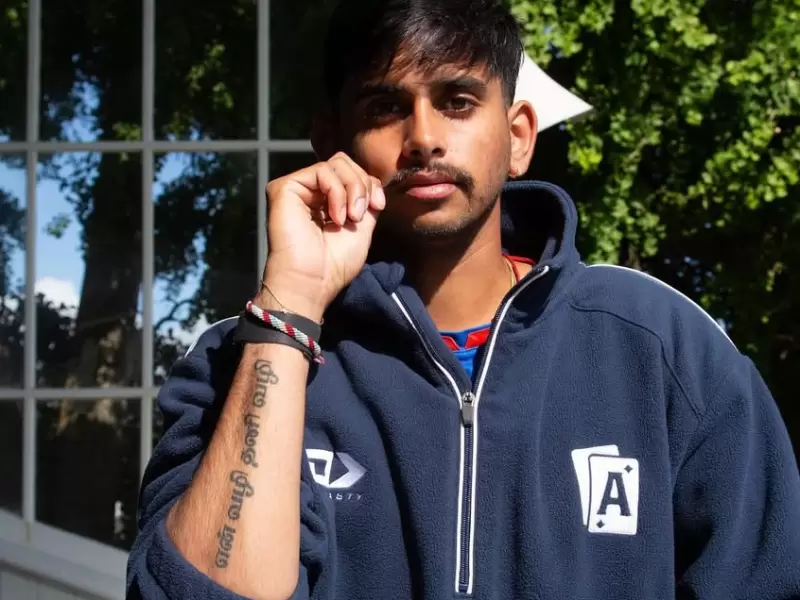

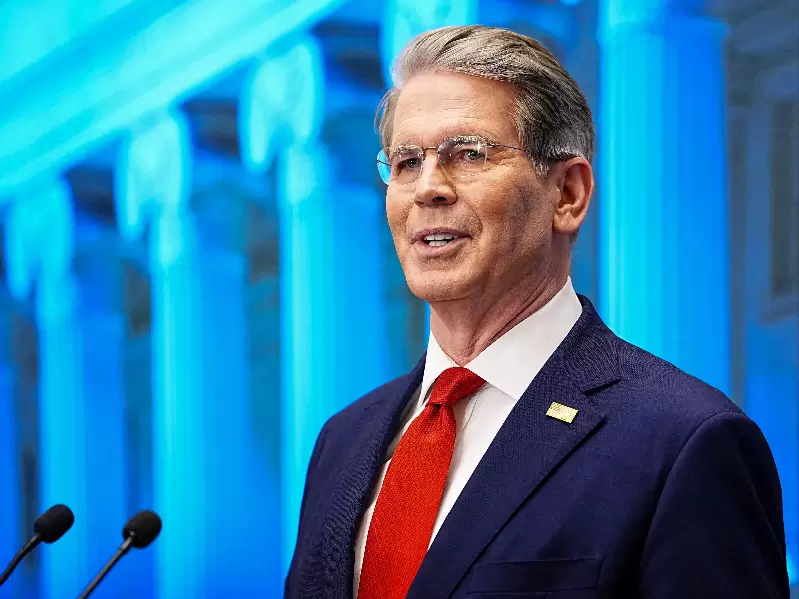
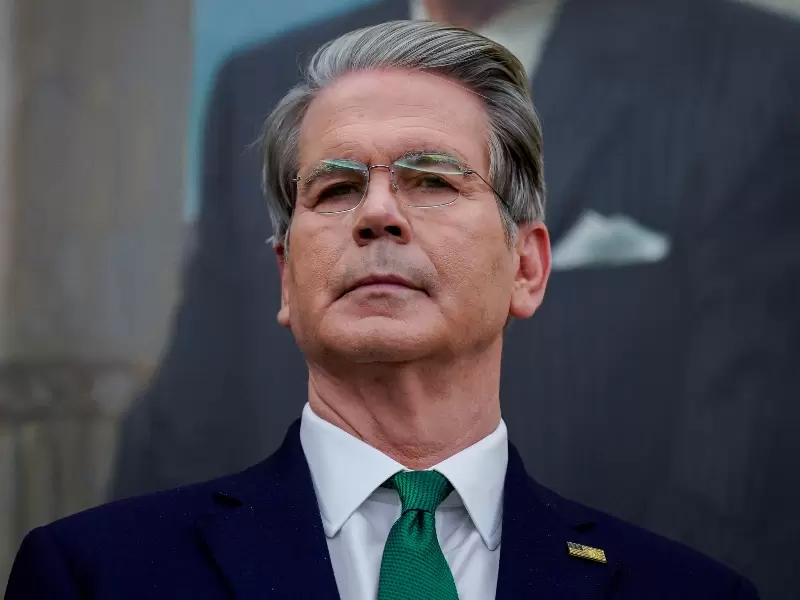


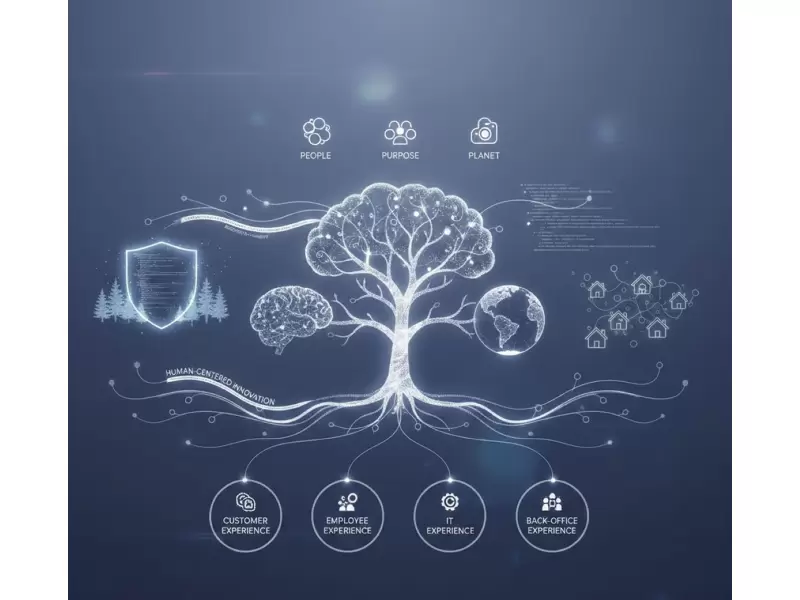
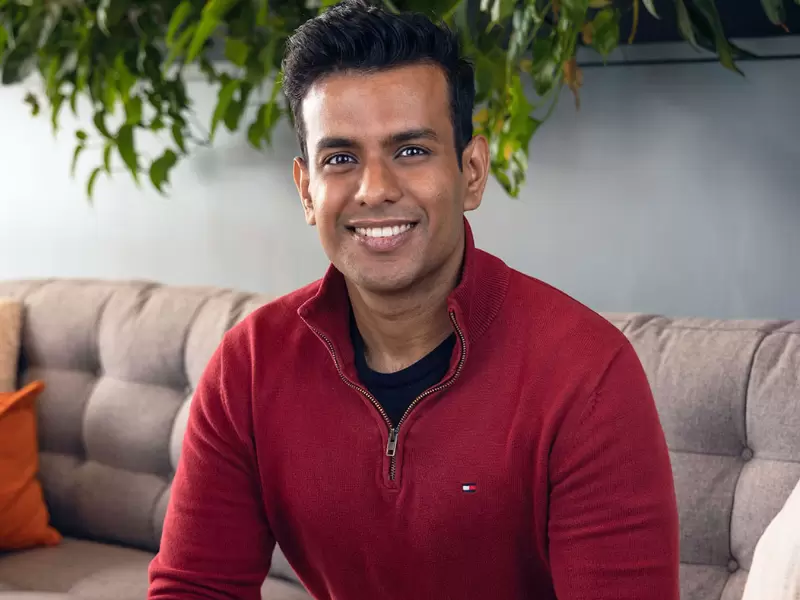

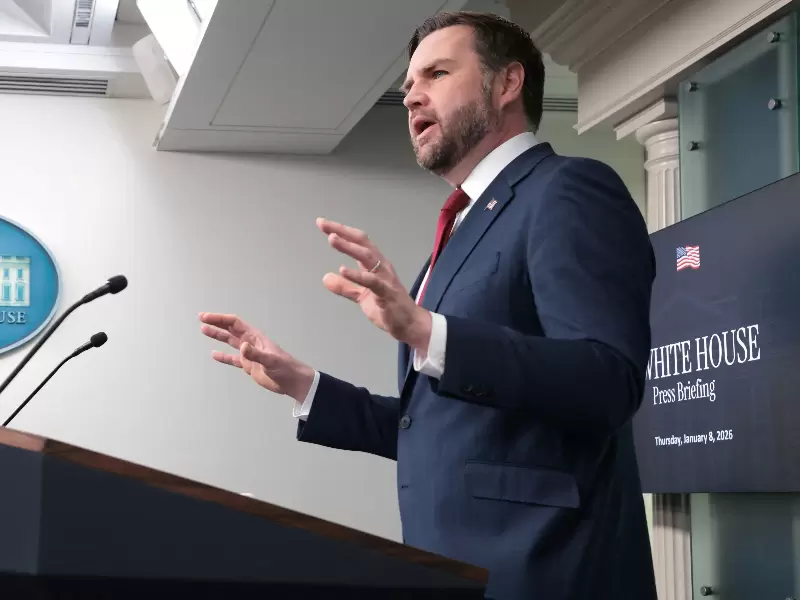
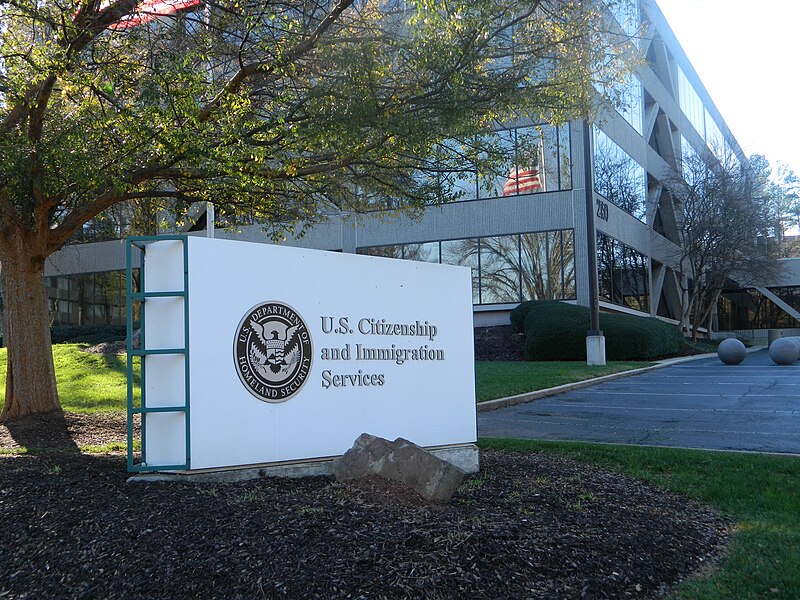
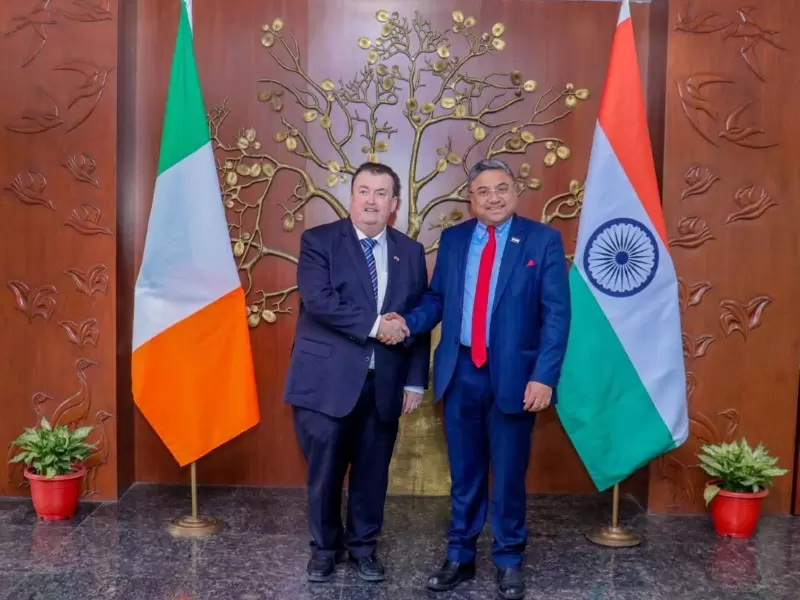

Comments
Start the conversation
Become a member of New India Abroad to start commenting.
Sign Up Now
Already have an account? Login